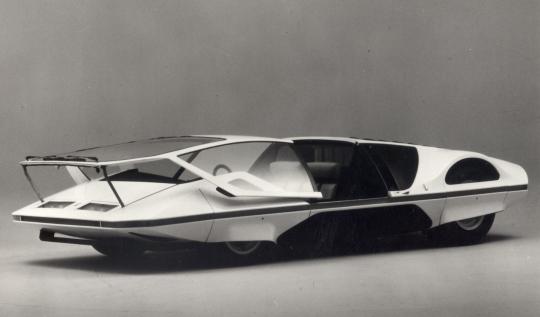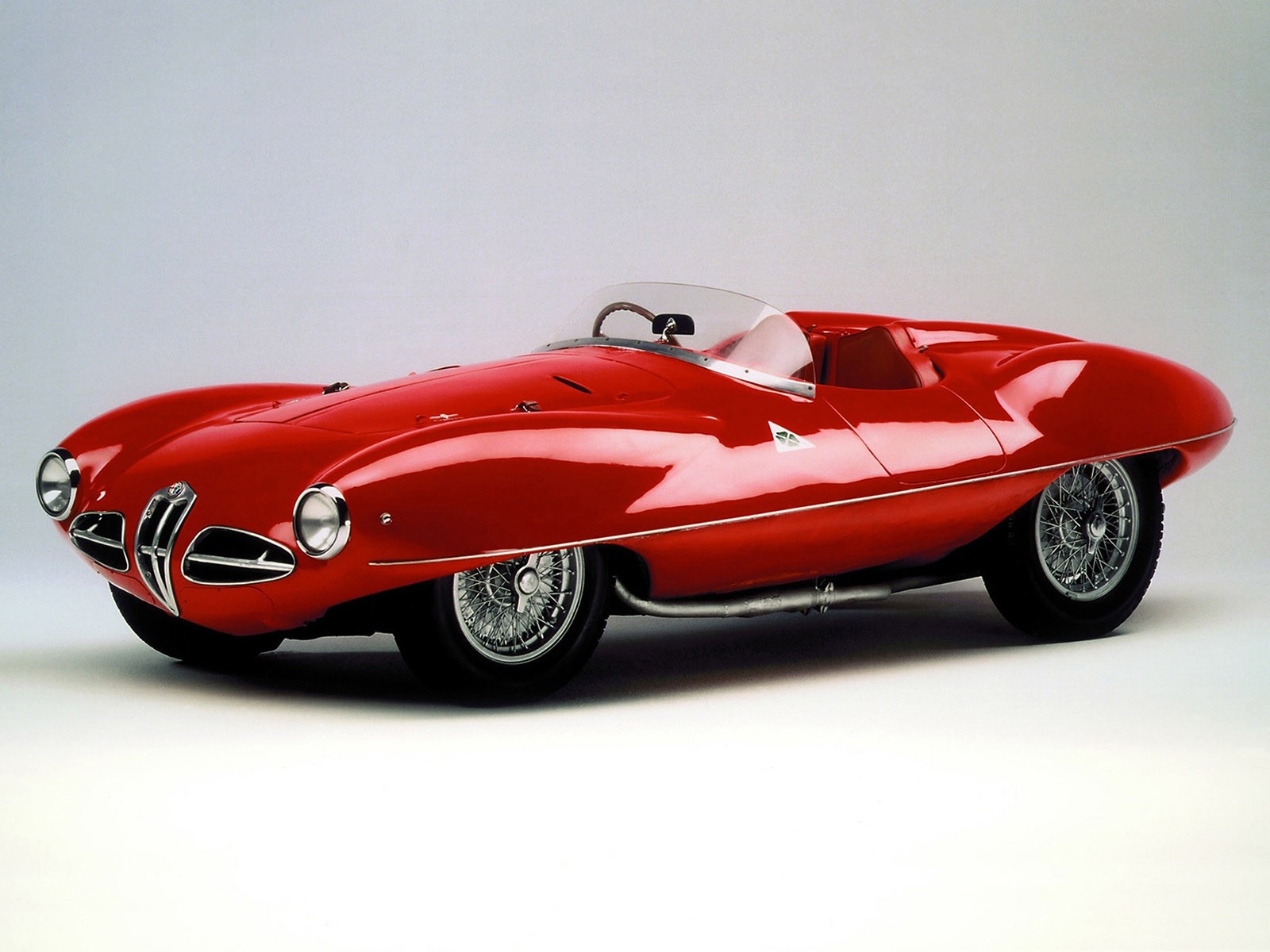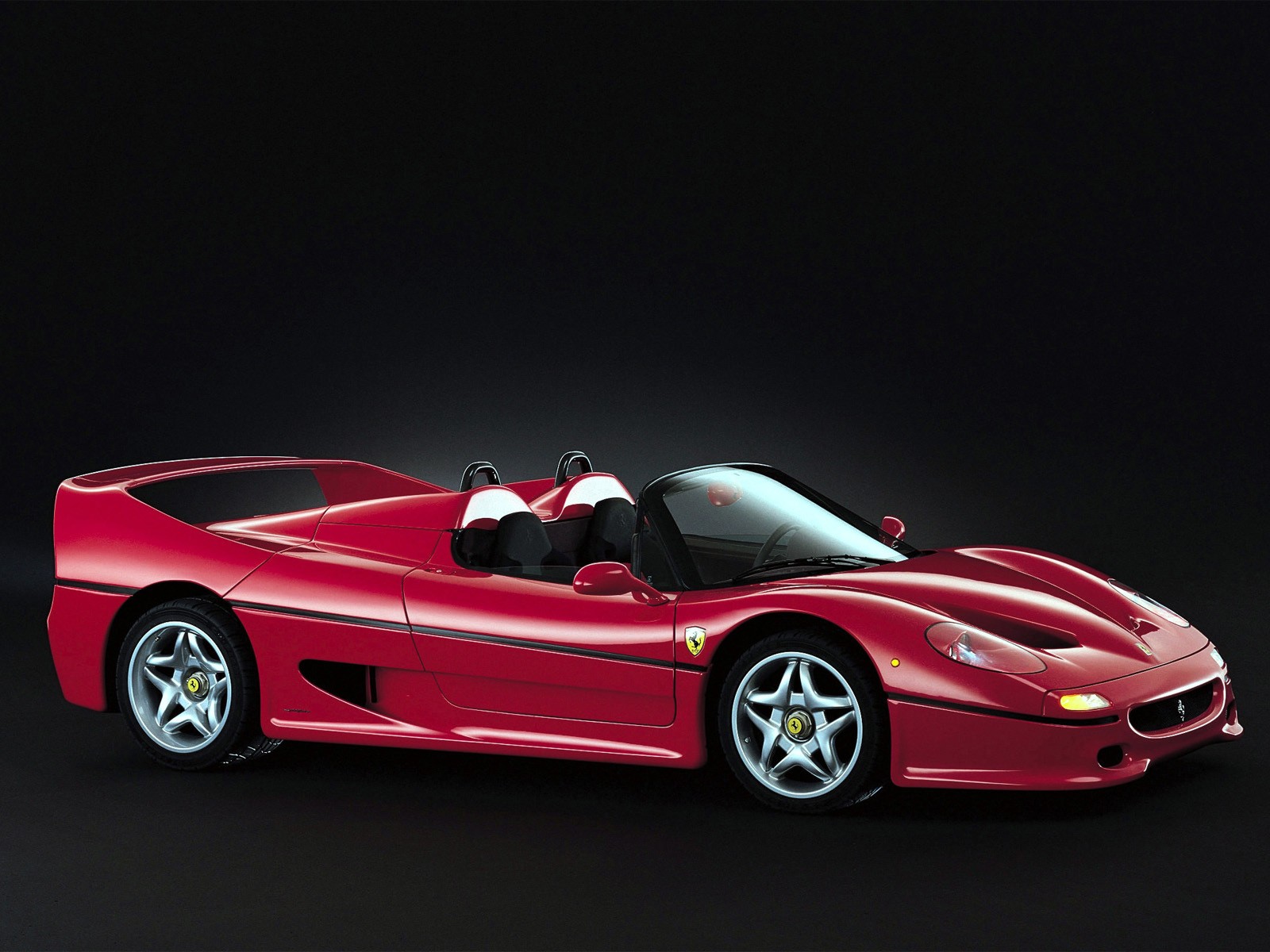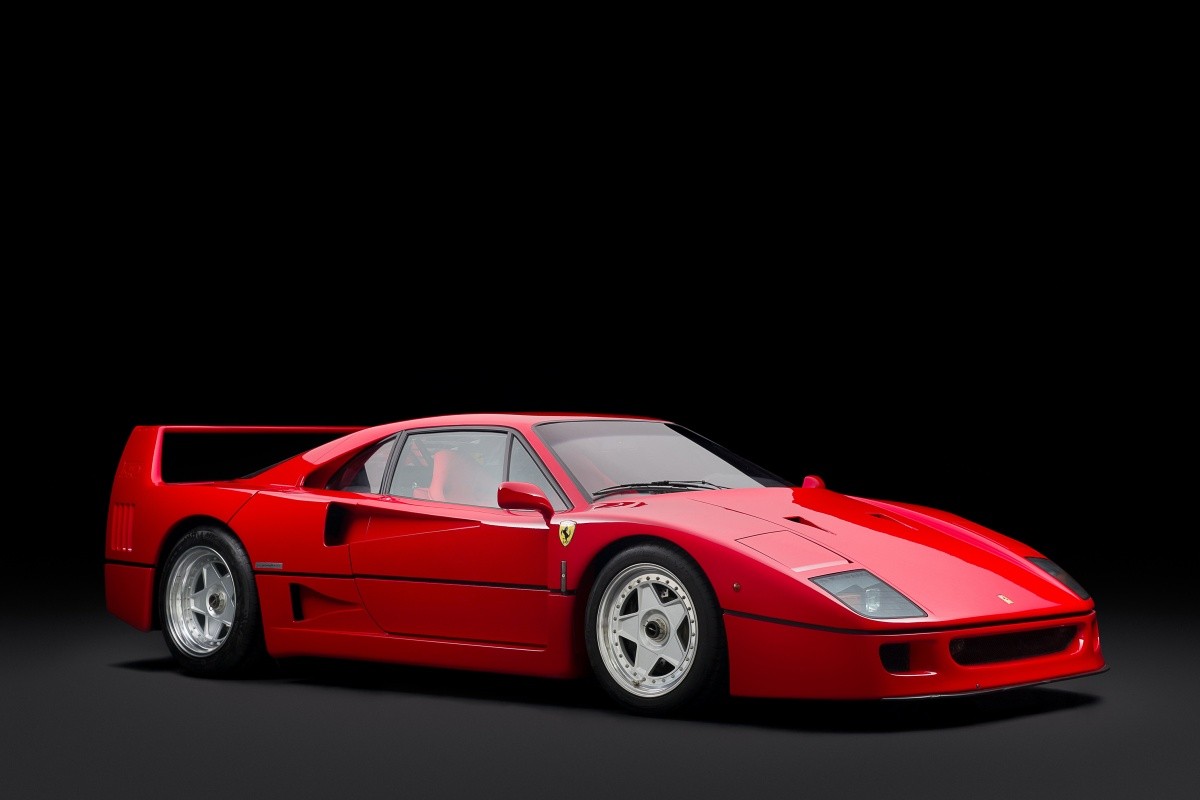More than three quarters of a century ago, a name which eventually became synonymous with some of the world’s most beautiful and prestigious automobiles was getting its first baby steps in the world of automobile coachworking. A future legend named Giovanni Battista “Pinin” Farina founded the design and coach-building company Società anonima Carrozzeria Pinin Farina in the year 1930.
As you probably guessed already, Pininfarina wasn’t exactly the original name of the company, nor of its founder. Battista Farina was the tenth of eleven children, thus he received the family nickname of “Pinin”, which means “the smallest brother” in Piedmontese. So proud he became of this moniker that in 1961 he requested a name change. The Italian president of the time, Giovanni Gronchi, changed Battista’s family name to Pininfarina with a presidential decree, acting on a proposal made by the Minister of Justice.
The first projects made by Battista’s company made him one of the first actual car designers in the world. He was also one of the first designers to lift automobiles to a pedestal and consider them beautiful works of art instead of just good-looking machines.
Right from the start, his durable relationships with carmakers like Fiat, Lancia, Alfa Romeo, the now-defunct Nash, Peugeot, Rolls Royce but especially Ferrari supplied him with the possibility of building some of the most strikingly beautiful automobiles the world had ever seen.
Another famous member of the Farina family was Pinin’s nephew, Emilio Giuseppe “Nino” Farina, who is now best known for becoming the first ever Formula One World Champion. After lagging only behind Carrozzeria Touring as the most prodigious Italian coach builder until the Second World War, Carrozzeria Pinin Farina started to gain unprecedented distinction after the start of its collaboration with Ferrari. Even though Battista himself first initiated the Ferrari connection in 1952, his son, Sergio ended up managing most of their common projects.
Four years after the first Ferrari endeavor, Battista turned over the family business to his son Sergio not-yet-Pininfarina and his son-in-law Rezno Carli. Carli began handling the business aspects of the company while Sergio oversaw the creative part of the firm.
Born in 1926, in Turin, Italy, Sergio had joined the family business after graduating from the Polytechnic University with a degree in mechanical engineering. Pinin first envisioned his son to become the next ruler of the company since he had been a child. He encouraged him to study several languages and put an emphasis on forging relationships both inside and outside the firm.
Even though he wanted to become exactly like his father and design sports cars, Pinin formed Sergio to become more than that. Soon-to-become-the-most-famous Farina of them all (ed, although as a Pininfarina), Sergio quickly became involved in just about every aspect of the business: from design projects to engineering and manufacturing.
The way the young designer and engineer handled everything that was thrown at him from a managing perspective reserved him a spot at the helm. In 1960, his father appointed him General Manager, only to be promoted to Managing Director just a year later. When Pininn passed away in 1966, Sergio took over all of the company’s responsibilities and became Chairman.
Under his magnificent leadership, Pininfarina created some of the world’s most beatiful automobiles, in both production and concept form. Starting with the likes of Ferrari 410 SA from 1958 or the Dino Berlinetta Speciale from 1965, to production supercars like the Ferrari F40, or the Enzo, Pininfarina became in time Ferrari’s greatest design partner.

Although at first you might say that Pininfarina was only involved in designing Italian cars, Sergio’s vision also managed to secure other important contracts also. For example, the 1986 Cadillac Allante, the 1995 Bentley Azure and the 1996 Peugeot 406 Coupe all wore a Pininfarina badge.
During Sergio’s close to 50 years of guidance, Pininfarina automobile production rose by almost 10,000%, from 524 units per year to more than 50,000. Six years after constructing a new Studio and Research Center in 1964, Pininfarina opened the first full-scale wind tunnel in Italy.
A long time promoter of automobile safety and sustainability, Sergio was also an early supporter of reducing car emissions and increasing the fuel economy. During the 1970s, he even served as a professor of car body design at the Polytechnic University of Turin, none other than his alma mater.
In 2005, Sergio Pininfarina was appointed senator for life by Italian president Carlo Azeglio Ciampi. The flattering title was given to him for making great contributions to Italian society. Still active in the then struggling Pininfarina company, he became Honorary Chairman of the family firm. The work he’s done on behalf of the most famous Italian coach-building company will forever be remembered as one of excellence. Sergio Pininfarina died in Turin on 3 July 2012, aged 85











